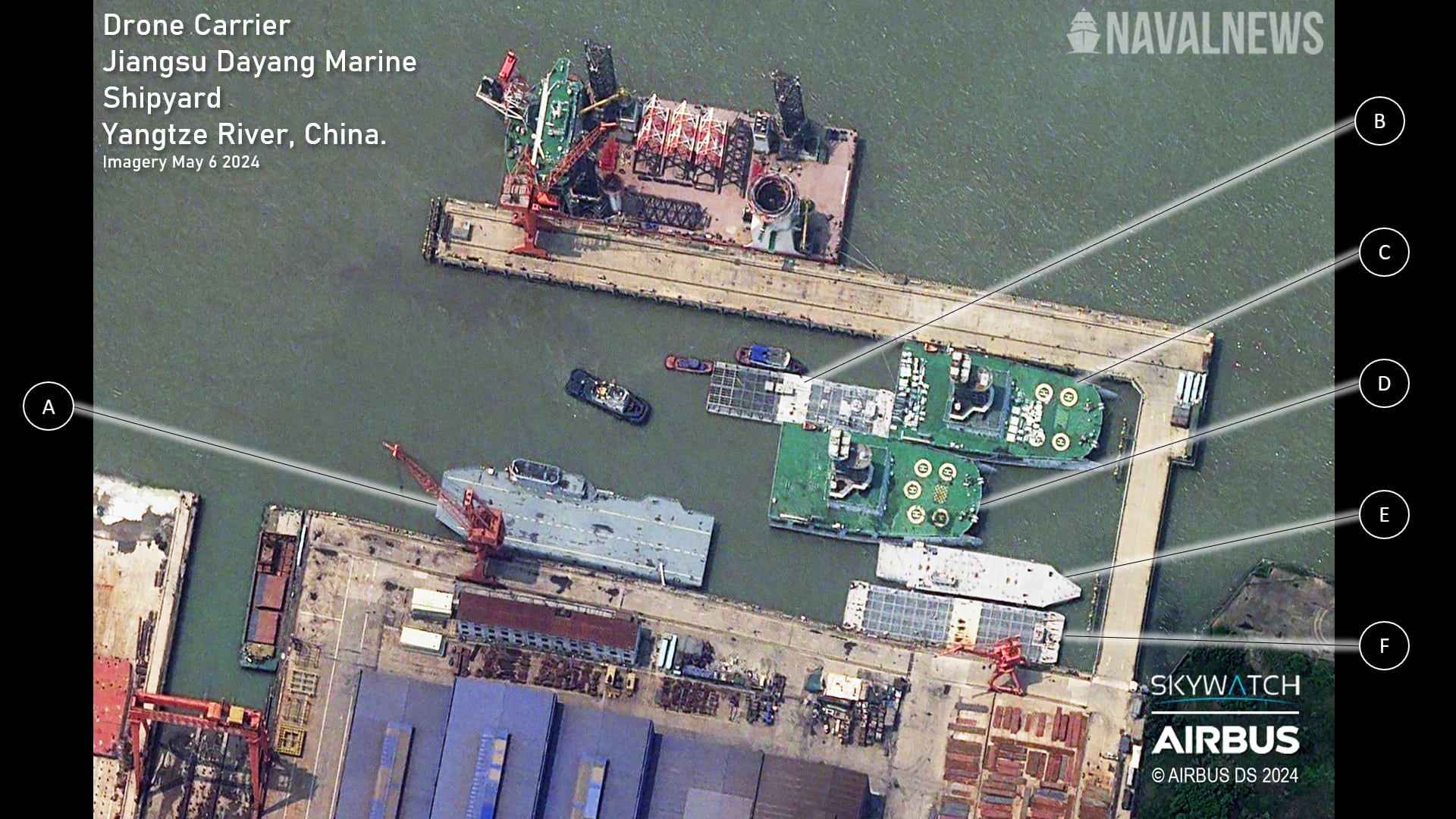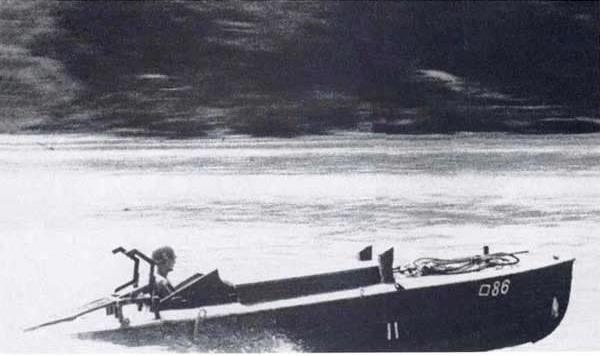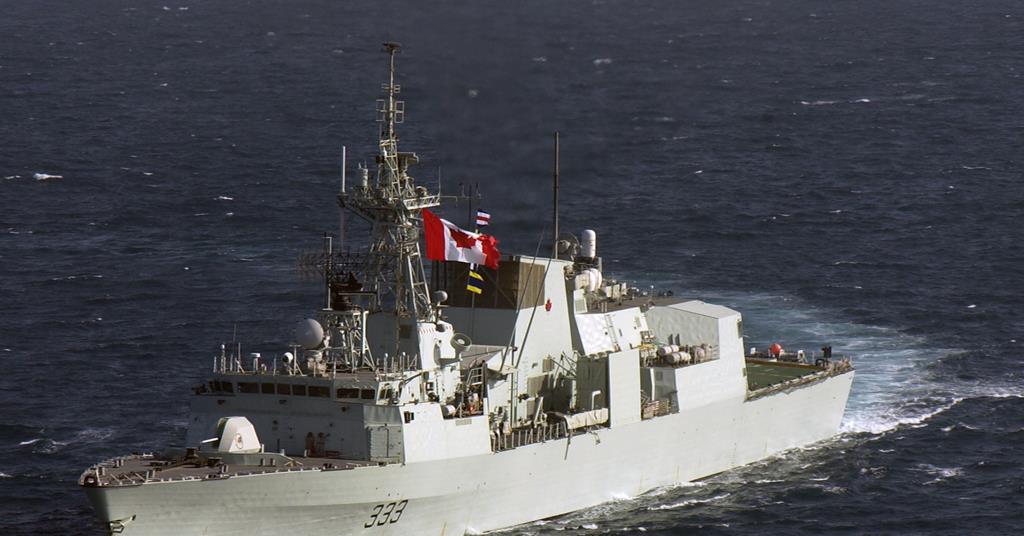- Reaction score
- 4,525
- Points
- 1,160
Figured it’s time this subject has its own thread. There is a lot happening with UCAV in broad spectrum naval warfare, and it makes sense for our adversaries to lead because they generally do not have a traditional vested political and economic interest in large, heavy, expensive fleets. They can abruptly displace their own technology and adopt newer, innovative systems and platforms without worrying about job loss, maintaining the prestige of maritime power, platform life cycle and especially cost.
On that note, it looks like China may have secretly built a carrier purposely designed to support, launch, recover numerous and fairly large/heavy UCAV. Not a lot is known other than the vessel dimensions appear to suggest it is indeed a small carrier, probably too small to support crewed aircraft. It’s unknown if the ship has the means itself to direct and track the UCAV missions. Regardless, if turns out to be true and if they operationalize the thing, it will be a huge development in naval strike warfare. Note that the ship itself has a crew, but there’s probably a lot of automation, creativity and ingenuity in the design. Appears to be more than just a science fair project or a demonstrator, but less than a full carrier strike vessel.
Looking forward to learning more through this thread!
On that note, it looks like China may have secretly built a carrier purposely designed to support, launch, recover numerous and fairly large/heavy UCAV. Not a lot is known other than the vessel dimensions appear to suggest it is indeed a small carrier, probably too small to support crewed aircraft. It’s unknown if the ship has the means itself to direct and track the UCAV missions. Regardless, if turns out to be true and if they operationalize the thing, it will be a huge development in naval strike warfare. Note that the ship itself has a crew, but there’s probably a lot of automation, creativity and ingenuity in the design. Appears to be more than just a science fair project or a demonstrator, but less than a full carrier strike vessel.
Looking forward to learning more through this thread!
Attachments
Last edited:









